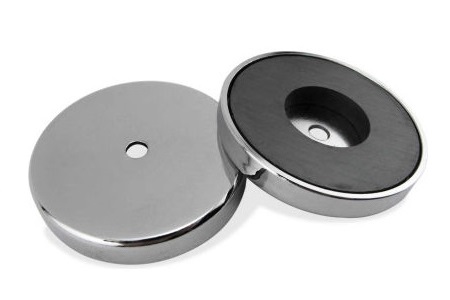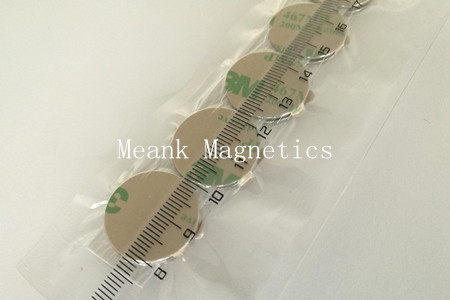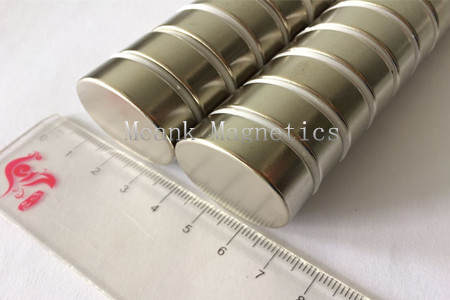When people talk about powerful magnets, the terms neodymium magnet and rare earth magnet often come up - sometimes even interchangeably. However, understanding the difference between them and knowing which is actually stronger is essential for anyone sourcing or using industrial magnets.
Rare earth magnets are a category of high-performance permanent magnets made from alloys of rare earth elements. The two main types of rare earth magnets are:
Neodymium Iron Boron (NdFeB) - commonly known as neodymium magnets.
Samarium Cobalt (SmCo) - the earlier generation of rare earth magnets.
Both types offer exceptionally strong magnetic fields compared to conventional magnets like ferrite or alnico, but they differ in composition, strength, and temperature resistance.
Neodymium magnets (NdFeB) are made from an alloy of neodymium, iron, and boron. They are part of the rare earth magnet family but are known specifically for being the strongest type of permanent magnet commercially available today.
These magnets have an extremely high magnetic energy product (BHmax), which can reach up to 52 MGOe, depending on the grade. This makes them ideal for compact devices that require strong magnetic fields - such as motors, sensors, speakers, magnetic separators, and medical instruments.
Samarium Cobalt (SmCo) magnets were developed before neodymium magnets and also belong to the rare earth magnet group. While they are not as strong as neodymium magnets (typically up to 32 MGOe), they are much more stable at high temperatures and resist corrosion naturally, without coating.
Because of these properties, SmCo magnets are widely used in aerospace, defense, and high-temperature motor applications where heat and oxidation resistance are crucial.
Since neodymium magnets are a type of rare earth magnet, the question essentially becomes:
"Which is stronger - neodymium or samarium cobalt magnets?"
| Property | Neodymium (NdFeB) | Samarium Cobalt (SmCo) |
|---|---|---|
| Magnetic Strength (BHmax) | Up to 52 MGOe | Up to 32 MGOe |
| Temperature Resistance | Up to ~200°C (depends on grade) | Up to ~350°C |
| Corrosion Resistance | Requires coating | Excellent (no coating needed) |
| Cost | More affordable | More expensive |
| Typical Use | Consumer electronics, motors, sensors | Aerospace, high-temp motors |
So, if your main priority is maximum magnetic strength, neodymium magnets are the clear winner. But if your application involves high temperatures or harsh environments, Samarium Cobalt magnets - another rare earth option - might be better suited.
The incredible strength of neodymium magnets comes from their crystal structure. The alloy of neodymium, iron, and boron forms a tetragonal crystal lattice that aligns magnetic domains more efficiently than other materials. This allows the magnet to produce an intense magnetic field even in small sizes - up to ten times stronger than ceramic magnets.
Neodymium magnets: Used in electric vehicle motors, wind turbines, robotics, magnetic fasteners, and medical imaging equipment (MRI).
Samarium Cobalt magnets: Common in aircraft instruments, turbo machinery, and high-precision sensors exposed to heat.
All neodymium magnets are rare earth magnets, but not all rare earth magnets are neodymium.
When comparing strength, neodymium magnets are the strongest permanent magnets available today, offering exceptional power in compact designs. However, for high-temperature or corrosive environments, Samarium Cobalt magnets may provide better overall performance and longevity.





